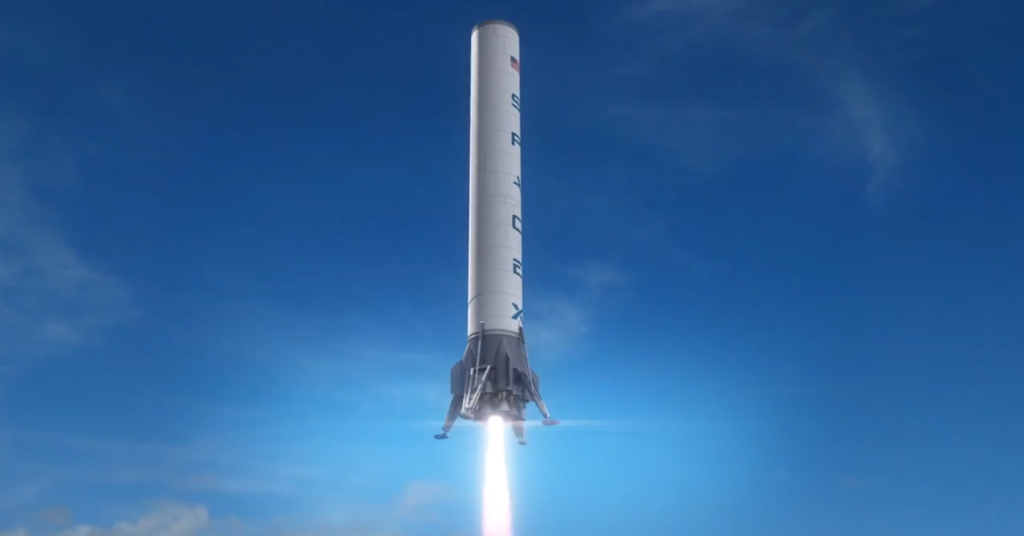SpaceX Falcon 9 to take NOAA deep space weather satellite up in the sky, to try barrage landin upon return
CAPE CANAVERAL, Florida: SpaceX will try for the second time to land a booster on a platform floating off the Florida coast when its weather satellite takes off on Sunday for a destination 1 mile off from the earth surface. A 22-story high launcher is set to dominate the skyline when the Falcon Rocket takes off the coast of Florida with the sole purpose of landing a fridge sized satellite 30 minutes after liftoff.
The rocket will be sent out at a super high speed to avoid any chances of it being caught in the earth’s gravity. The satellite is to be stationed permanently at the L1 liberation point one mile away from the earth surface.
On the first attempt on January 10, the booster landed on a platform at sea with little success, with the unfavorable results attributed to a lack of insufficient hydraulic fluid. SpaceX has confirmed the addition of more hydraulic fluid for Sunday’s sunset landing testing. The booster, however, is expected to fly back faster than the last time on this particular course, with the researchers remaining less certain of success on the reusability of the booster.
SpaceX vice president, Hans Koenigsmann, has admitted to fixing the prior problem but on the other hand admitted that the aggressive landing might pose its own challenges. The executive has however stated that the test is secondary and completely different from the primary mission of launching NASA’s Deep Space Climate Observatory, as well as the National Oceanic and Atmospheric Administration or NOAA
Conceived by former vice president Al Gore, Deep Space Climate Observatory is a revitalized version of the Earth observing spacecraft developed in the 1990’s. Named Triana program, it was suspended and put in storage in 2001 although it was tested and refurbished 7 years later for $340 million in a mission named DSCOVR.
The spacecraft is to be used to observe the earth from an ideal vantage point with scientists expecting to get clear pictures of the earth surface from the sky although its main purpose is for observing outbursts from the sun that may disrupt communications.

